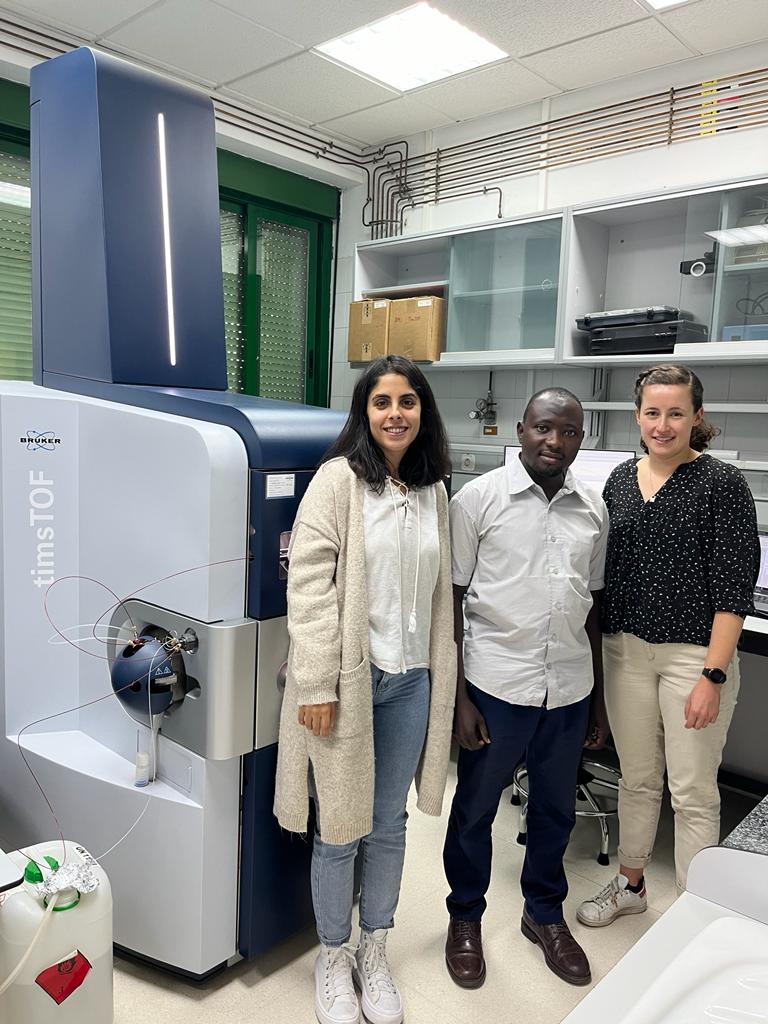ABOUT US
Check out our latest publication! Sheep’s milk is a significant source of nucleotide monophosphates (NMPs) but can also contain undesirable residues from veterinary drugs, posing a potential human health risk. This study introduces a novel application of two-dimensional liquid chromatography (2D-LC), in heart-cutting mode, for the simultaneous determination of nucleotides and veterinary drug residues in sheep’s milk.
SUPRAS are wide scope and simple extraction solvents with great potential for screening organic contaminants in inddor dust. Check out our last article!




